In a Nutshell:
- Shelf life: The original Tabasco sauce lasts for years beyond the printed date, while other flavors, especially the milder ones, might lose quality sooner.
- Spoilage signs: Discoloration, unpleasant smell, or mold growth are indicators of spoilage.
- Storage: Keep your Tabasco sauce in a cool, dark place, preferably in the pantry. After opening, refrigeration help but isn’t necessary.
If you’ve ever wondered how long does Tabasco sauce last, what are the spoilage signs, or how to store it properly, you’re in the right place.
In this article, we’ll dive into the world of chili peppers and the famous Tabasco sauce to answer all your burning questions.
Let’s jump right in.
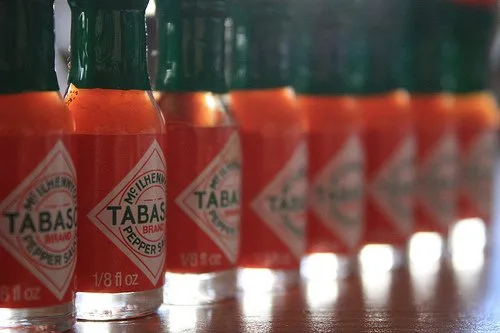
Table of Contents
- How Long Does Tabasco Sauce Last?
- How to Tell If Tabasco Sauce Is Bad?
- Changes That Are Actually Okay
- Does Tabasco Sauce Need to Be Refrigerated?
- How to Store Tabasco Sauce
How Long Does Tabasco Sauce Last?
Unopened bottles of Tabasco can last for a couple of years beyond the expiration date, and the sauce retains great quality for 18 to 24 months after opening, even if not refrigerated.
The shelf life varies depending on the specific flavor, so milder ones won’t keep quality for as long as the original red pepper sauce and will benefit from being stored in the fridge.
That’s the high-level overview of the shelf life of Tabasco sauces.
Now, let’s dig a bit deeper.
Unopened
Unopened Tabasco sauce has a pretty impressive shelf life. Thanks to the fermented mashed peppers, salt, and vinegar content, this popular sauce can last for 5+ years if stored properly.
Flavored Tabasco sauces, especially the milder ones such as “Sweet and spicy,” “Green jalapeno,” or “Chipotle pepper,” might have a slightly shorter lifespan. The rule of thumb here is the hotter the sauce, the longer it should keep quality.
Like many other condiments like ketchup, mustard, or soy sauce, a sealed bottle of Tabasco sauce remains fresh for quite some time.
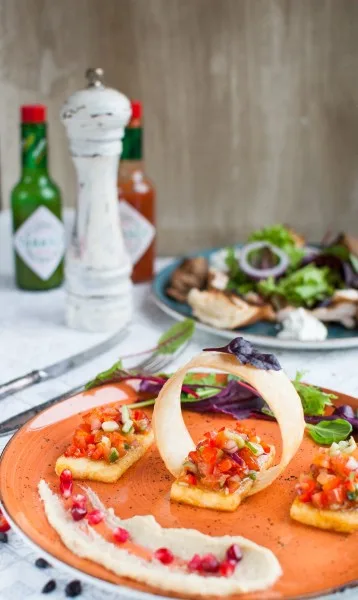
After Opening
Once you’ve cracked open that hot sauce bottle, you might wonder how long it’ll last.
Opened Tabasco sauce usually lasts between 18 months to 2 years with little change in quality. And that period becomes much longer if you store Tabasco sauce in the fridge.
For flavored sauces, it all depends on the ingredients. The milder ones I mentioned above might retain great quality for only 9 to 12 months. Which is about how long ranch dressing or tartar sauce keep after opening.
The hotter ones, like the “Habanero pepper” or the “Scorpion sauce,” will probably outlast the original Tabasco sauce.
That said, if your Tabasco bottle has been sitting unused in storage for a long time, check the quality before using it. The condiment might’ve lost some of its oomph, which is expected.
Expired Tabasco Sauce
While it’s true that Tabasco sauce has a longer shelf life than many other condiments, like Italian dressing, oyster sauce, or hoisin sauce, it doesn’t last forever. Once the “expiration” date has passed, the sauce may begin to lose its flavor, and its spicy kick might be less pronounced.
That doesn’t necessarily mean it’s unsafe to consume. After all, it’s a “best-by” date, not a “discard-after” date.
As long as there are no spoilage signs (which we’ll discuss in a moment), the sauce should still be okay to use. Just be aware that the taste might not be as zesty as before.
Now that we’ve covered the lifespan, let’s take a closer look at those spoilage signs so you know when it’s time to say goodbye to your fiery friend.
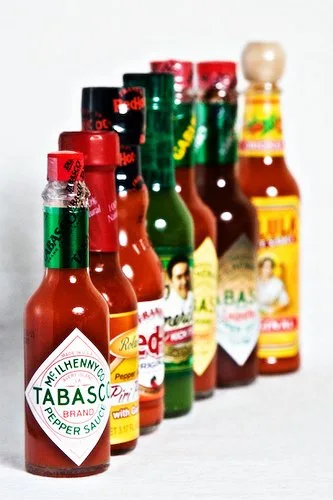
How to Tell If Tabasco Sauce Is Bad?
To tell if your Tabasco sauce has gone bad, look for discoloration, foul smell, or mold growth. These are the most common signs that your sauce is no longer safe to consume.
While the hot sauce has a long shelf life and isn’t prone to spoilage, Tabasco sauce can go bad.
Where’s what to look for:
Mold Growth
Mold and bacteria growth are surefire signs that your sauce is no longer safe to consume. So if you spot any organic growth or a film on the surface of your Tabasco sauce, it’s time to toss it.
The same goes for other condiments like cocktail sauce, gochujang, or salad dressing.
Discoloration
One of the most apparent signs of spoilage is a drastic color change.
Notice how I bolded the word drastic?
If your Tabasco sauce used to be vibrant red and is now black, I recommend tossing it. But if it has only darkened a bit and is now brownish, it’s perfectly fine.
(I cover that in the section below.)
Foul Smell
An off smell is another red flag that your Tabasco sauce has gone bad.
While it might not be as intense as fish sauce, anchovy paste, or Worcestershire sauce, a healthy bottle of Tabasco sauce should have a tangy, spicy aroma.
If it starts to smell funky, rancid, or just plain off, it’s time to let it go.
Now that we’ve covered the common spoilage signs, let’s move on to some changes that might look concerning but are actually harmless.
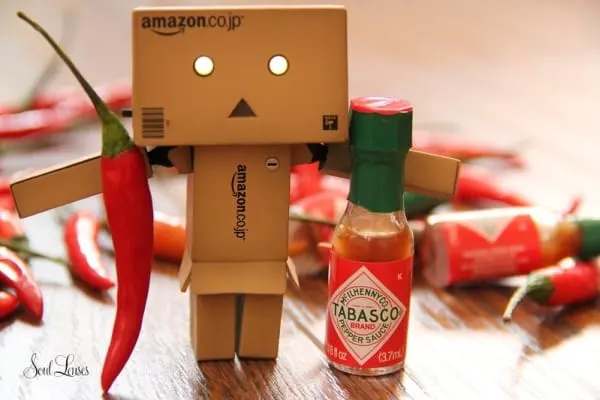
Changes That Are Actually Okay
Sometimes, Tabasco sauce might undergo some changes that can make you question its freshness, but they’re not necessarily signs of spoilage.
Darkening
Darkening is a perfectly normal thing in anything with fermented chili peppers. That applies not only to Tabasco but to other hot sauces (like Sriracha), too.
(Tabasco peppers aren’t special in that regard.)
So if your red Tabasco has become brownish or your green jalapeno has become noticeably darker, there’s no need to worry. The condiment is okay to use as long as everything else is intact.
Separation
It’s not uncommon for the ingredients in Tabasco sauce to separate over time. You might see the vinegar, pepper particles, and other components forming distinct layers.
Don’t fret! A simple shake of the bottle should bring everything back together. That’s why the label usually says “Shake well.”
Flavor Changes
As Tabasco sauce ages, its flavor might change slightly. It typically loses some of its spiciness, but that’s about it. Adding a bit more of it should make up for that.
That said, an unpleasant flavor is a sure sign of spoilage, so if yours tastes terrible, it’s time to let it go.
Now you know how to tell if Tabasco sauce has gone bad, it’s time for some storage tips.
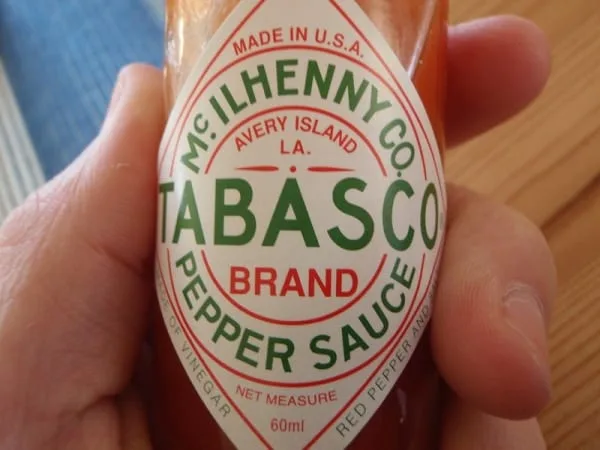
Does Tabasco Sauce Need to Be Refrigerated?
Technically, Tabasco sauce doesn’t require refrigeration even after opening, thanks to its high vinegar content, salt, and fermented Tabasco peppers. However, refrigerating opened Tabasco sauce can help maintain its flavor and quality for longer.
Chilling the sauce can slow down flavor changes, ensuring that spicy kick we all love. That’s especially true for mild, flavored Tabasco sauce varieties.
On the other hand, refrigerating the condiment might slightly alter its consistency, making it thicker and less pourable. And you might need to give the bottle a good shake before using it.
That said, it’s a small trade-off to make for preserving that zesty flavor.
Now that we’ve answered the refrigeration question, let’s look at the best ways to store Tabasco sauce.
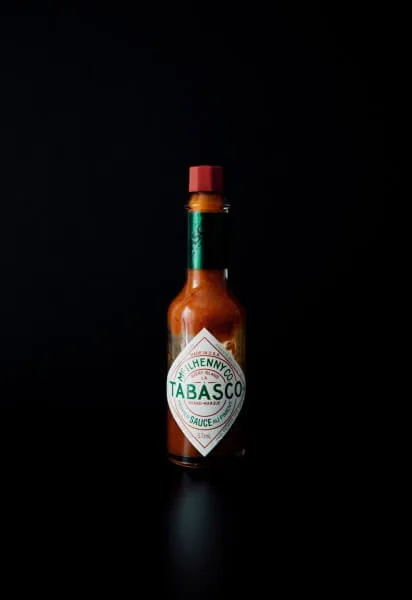
How to Store Tabasco Sauce
Proper storage is essential to maintain the quality and flavor of your Tabasco sauce. Here are some tips to help you store it like a pro:
Keep It Cool and Dark
Whether you decide to refrigerate Tabasco or not, it’s crucial to store it in a cool, dark place. A dark cupboard or pantry is ideal for an unopened bottle, just like you would store balsamic vinegar or rice vinegar.
Direct sunlight and heat can affect the sauce’s flavor, so it’s best to keep it away from light exposure.
Keep It Clean
This might seem obvious, but keeping the cap and bottle clean is essential. Wipe the bottle clean every now and then, and make sure the cap is screwed on tightly.
(I was tempted to ask you to wipe the bottle after every use, but we both know that’s not going to happen.)
Keeping the cap area nice and clean prevents any contaminants from entering the bottle and affecting the quality of your spicy food companion.